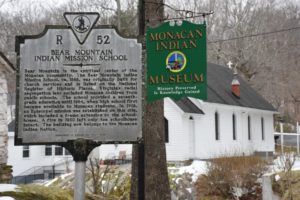The city’s “Black Wall Street” was among the most prosperous neighborhoods in America, and a Black utopia — and then it was burned to the ground.
Just decades after slavery in the United States left Black Americans in an economic and societal deficit, one bright spot stood out in Tulsa, Oklahoma — its Greenwood District, known as the “Black Wall Street,” where Black business leaders, homeowners, and civic leaders thrived.
But 100 years ago, on May 31, 1921, and into the next day, a white mob destroyed that district, in what experts call the single-most horrific incident of racial terrorism since slavery.
An estimated 300 people were killed within the district’s 35 square blocks, burning to the ground more than 1,200 homes, at least 60 businesses, dozens of churches, a school, a hospital and a public library, according to a report issued by Human Rights Watch.
At least $1.4 million in damages were claimed after the massacre, or about $25 million in today’s dollars, after controlling for inflation and the current economy, but experts say it’s an underestimation.
Survivors never received government assistance or restitution for their losses. The House Judiciary Subcommittee on the Constitution, Civil Rights, and Civil Liberties held a hearing on the issue May 19 in which three remaining known survivors, experts and advocates called on Congress to issue reparations to the living survivors and all descendants to rectify the lasting impact of the massacre.




